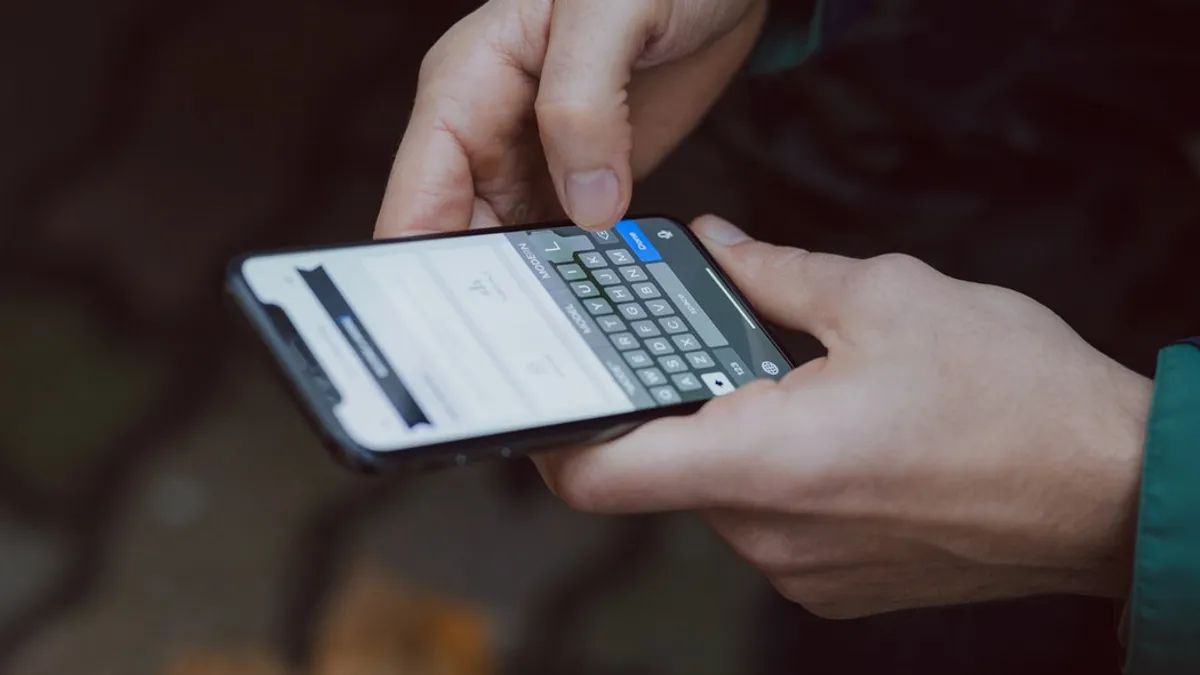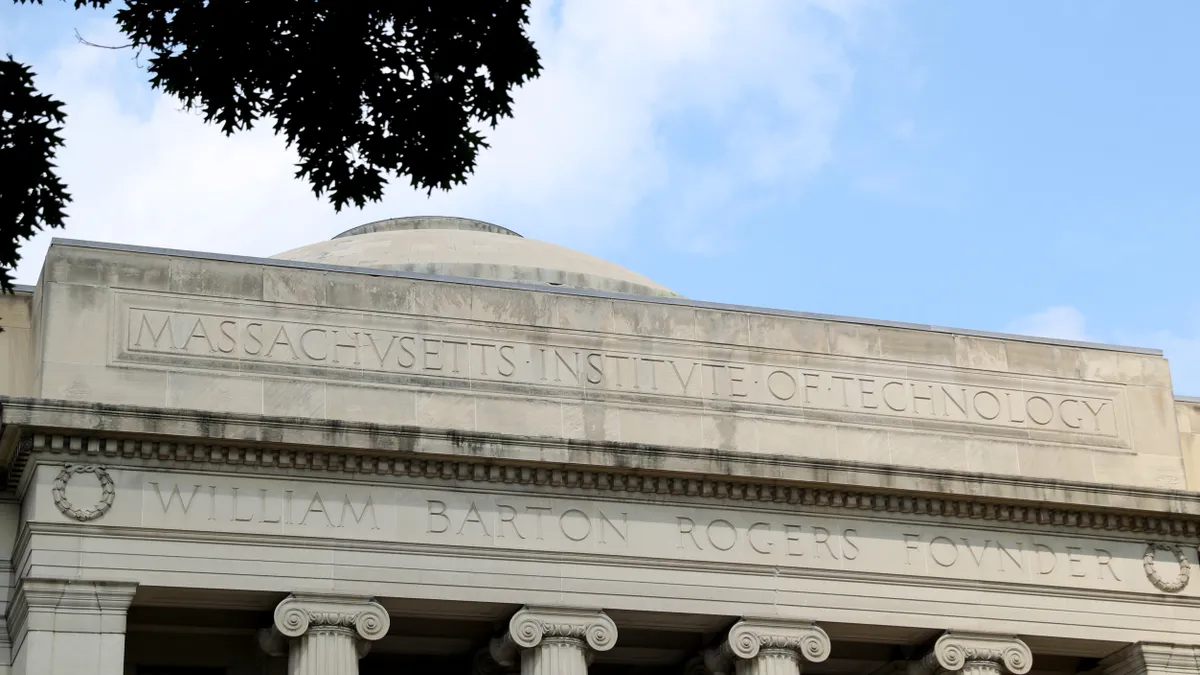CHICAGO — Americans are spending more time on their phones than ever before, with the average smartphone user wracking up more than three hours of screen time each day.
The rising popularity of mobile applications is fueling part of that growth; they saw a 35% increase in downloads worldwide from 2016 to 2018, according to mobile data and analytics provider App Annie.
That presents an opportunity for colleges, presenters said this week at Educause's annual conference. To better connect with students, they contend, institutions must do more to create user-friendly apps that connect them with the services and information they need.
"You've got to go where your students are," said Vanessa Hammler Kenon, associate vice president for information management and technology at the University of Texas at San Antonio. "Your students come on your campus and expect the same type of technology that gives them Facebook (and) Instagram."
Below, we share tips several speakers shared to build a mobile app that students will actually want to use.
Building 'one source of truth'
A few years ago, officials at Central Carolina Technical College (CCTC) started rethinking how they reached out to students. Nearly two-thirds of its students are 24 years old or younger, meaning the internet has always played a significant role in their day-to-day lives.
"They're used to mobile banking, they're used to everything being available on their phone," said Brian Davis, director of information and learning technologies at CCTC. "We wanted to put their college experience in their hands in the same way."
To do so, the college wanted to roll out an app, but the process can be tricky. Many campus apps flop because they don't go beyond recreating the same information that students can find on an institution's website.
"If we don't think about mobile-first design, we are still thinking back in the 20th century," said Bryan Alexander, a college consultant.
CCTC officials were determined to make an app that serves as the central information portal for students. Launched in 2017, it provides them with access to their grades, course schedules, event calendars, campus maps and other resources.
Looking forward, the college hopes to grow the app's features by connecting it with Bluetooth and GPS technology. That way, Davis explained, the app can send students push notifications when they are near an on-campus event in which they may be interested.
"We didn't want our mobile app to be just another thing. We wanted it to be the thing we were pushing, the platform," Davis said. "We wanted one source of truth."
It takes a village
Faculty and staff can make or break an app, so getting their buy-in from the beginning is vital.
Officials at CCTC, for instance, assembled a committee to determine what features the app would have that included employees from academics, student services and public relations.
"We did not make this an IT project," Davis said. "We made this a college project."
UT-San Antonio, which launched a similar app, followed that approach by teaming with both students and faculty in its development. Along with providing students with information, the app also lets them reserve rooms in the library and see which computers and how many parking spaces are available in real time.
The work doesn't stop once the app is rolled out. Its success depends on whether students engage with it.
So far, CCTC's app has proven successful, boasting more than 4,600 downloads to date. Davis attributed part of that growth to officials encouraging students to download the app during orientation in order to access key documents. Now, the app gets around 300 to 400 visits a day.
Likewise, UT-San Antonio devotes time during orientation for students to download the app and rewards those who do so with t-shirts. The effort has paid off. The app has a 90% student adoption rate and a 4.4-star rating in Apple's App Store.
And UT-San Antonio has used the app to send out 1.8 million personalized push notifications to students in the past year. That kind of digital footprint may be especially important in reaching Generation Z, whose members were born after 1996 and tend to use apps 20% more than other do other generations, according to App Annie.
"If you get that critical adoption in mobile, you've got immediate reach to your students," said Stephan Meyer, senior vice president of global sales at Ready Education, which develops custom apps for colleges.



















